Make the Label Count is an international coalition of organisations representing a wide range of natural fibre producers and environmental groups, but we all have one thing in common. We are all working to ensure that sustainability claims for textiles in the EU are fair and credible.
We are pleased to see that the Commission has listened to stakeholder concerns around the limitations of the Product Environmental Footprint (PEF) methodology, especially for the apparel and footwear product category. The Commission acknowledges that PEF omits the consideration of crucial impacts, such as microplastic release. We believe that the impact of plastic waste generation and the circularity of materials should also be considered as they are all driving forces behind the fashion industry’s huge environmental damage.
The proposal must be strengthened to ensure that any future identification of a single harmonised framework, either in the Directive or delegated acts, is only included if it delivers EU consumers meaningful information on the sustainability of their purchasing choices. A single framework would prevent companies from cherry-picking the label or scheme most favourable to their marketing objectives, and help to fight greenwashing, and promote consumers’ responsible behaviours in the long run. Therefore, we support the Commission’s commitment to improve the PEF methodology. However, the PEF should be considered in the context of the Directive only if it is amended to include the above-mentioned impacts of microplastic, plastic waste and circularity.
Read our white paper here to learn more.
Watch now and hear from coalition members in this short film:
The EU is shifting to a climate-neutral and circular economy, which means products need to be more energy efficient, durable, reusable, repairable, and recyclable. Because the fashion and textile industry has such a big environmental footprint, the European Commission is reviewing sustainability claims on apparel and footwear, as well as ecodesign requirements. The Commission is exploring using the Product Environmental Footprint (PEF) methodology to substantiate green claims and inform ecodesign requirements.
Make the Label Count wants to ensure textiles sustainability claims in the EU are transparent, accurate and complete, allowing producers and consumers to make informed choices about the clothing they make and buy.
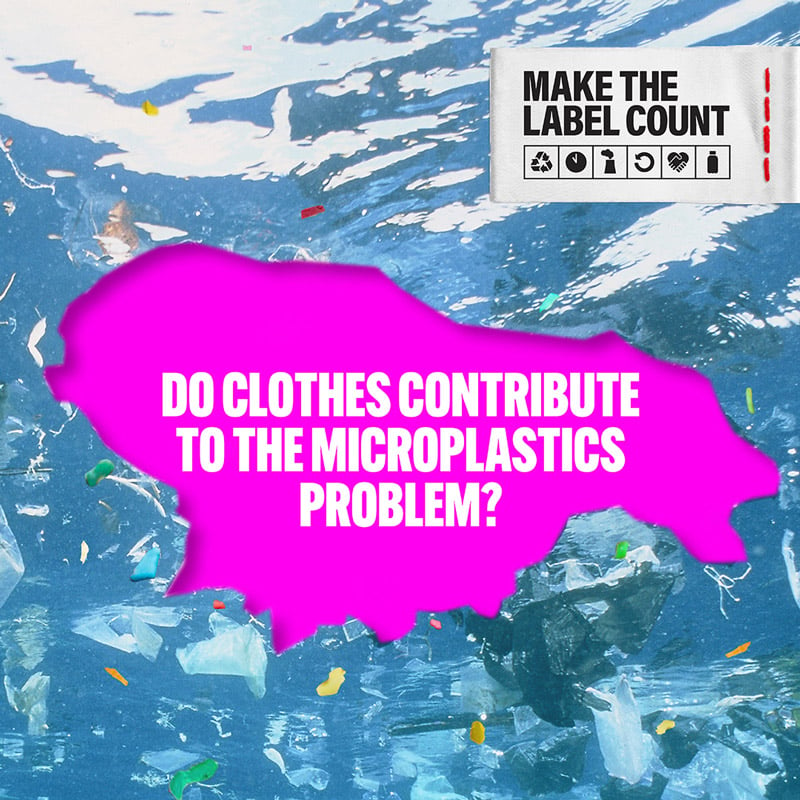
Having a standard methodology to measure sustainability can help make fashion and textiles greener. The EU is likely to set a global standard and could deliver positive outcomes, but only if the proposed methodology behind it is amended. We must act now and get it right to ensure that textiles sustainability is measured with credibility to provide a sound basis for fully transparent consumer information and to help the industry make the green transition the EU wants to see.
Following thorough research from independent LCA experts, we’re recommending the European Commission adopt three easily implementable improvements to the PEF methodology:
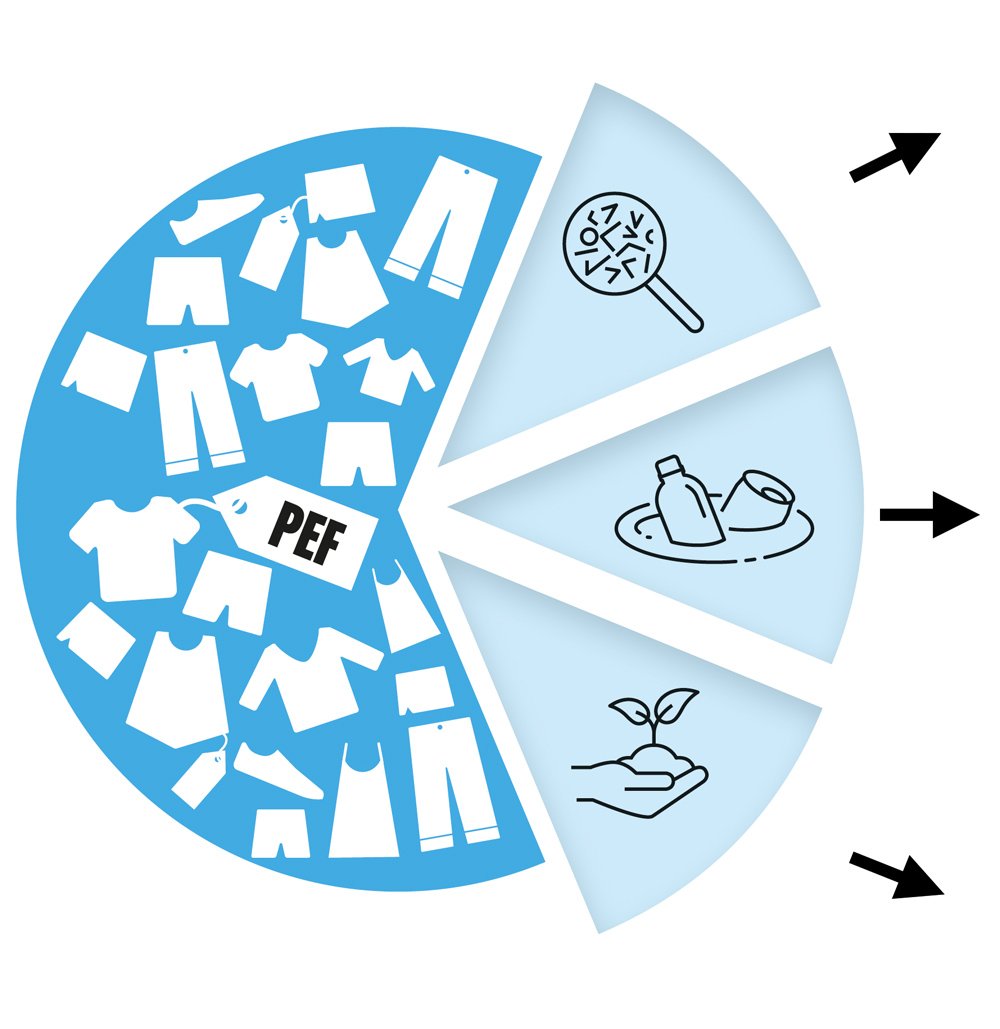
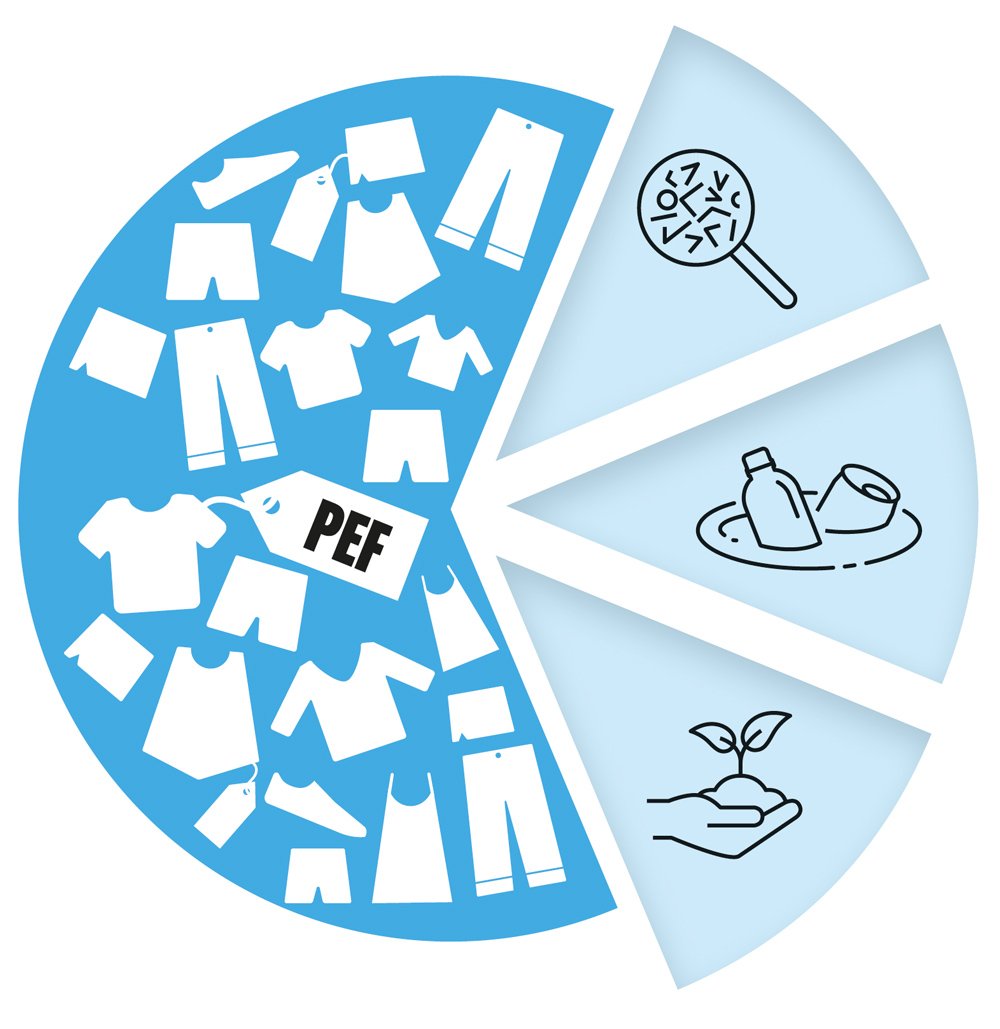
Include an indicator for microplastic emissions. This will make the PEF consistent with the EU’s other policies and follow the precautionary principle. Failing to include an indicator for microplastics effectively assigns zero impacts to this emission in the PEF system. This risks unintentionally encouraging more production and consumption of plastic products and fibres, further increasing microplastic pollution. Microplastics can be added as an inventory level indicator, ahead of complete integration into the PEF system.
Include an indicator for plastic waste. The EU is focused on reducing plastic waste, however the PEF currently does not share this priority. There is a need to reduce the demand for this material, and/or divert plastic products away from landfill to be recycled instead. At present, the recycling of synthetic fibres is negligible. Plastic clothing is also incinerated at the end of life, and while energy can be recovered from this process, the incineration of plastic waste also releases fossil CO2, contributing to global warming. Including a plastic waste indicator will enable the PEF to reflect the EU’s environmental priorities.
Include an indicator for circularity. Despite the EU’s progressive Circular Economy Action Plan (CEAP), the PEF currently places little emphasis on circularity. Fossil materials are not renewable or circular, and currently none of the 16 PEF indicators directly measure circularity. Including circularity as a stand-alone indicator in PEF is the best means of assessing the sustainability of raw materials originating from renewable and non-renewable sources.
This short animation explores what the new EU policies could mean and why PEF should not be used in its current form. Watch the video now.
Delivering EU environmental policy through fair comparisons of natural and synthetic fibre textiles in PEF – Executive Summary (ENG)
PDF 0.3MBDelivering EU environmental policy through fair comparisons of natural and synthetic fibre textiles in PEF - White Paper (ENG)
PDF 0.9MBMake the Label Count - Briefing Document (ENG)
PDF 1.8MBMake the Label Count - Briefing Dokument (DE)
PDF 1.8MBMake the Label Count - Document d’information (FR)
PDF 1.8MBMake the Label Count - Documento informativo (IT)
PDF 1.8MBMake the Label Count - Documento Informativo (ES)
PDF 1.8MBMake the Label Count - Documento Informativo (PT)
PDF 1.8MBJoin us in advocating for improvements to PEF for substantiating textiles sustainability claims and inform ecodesign requirements in the EU. Together we can make the label count!
Have a question or want to be a part of the Make the Label Count? Contact us here.
























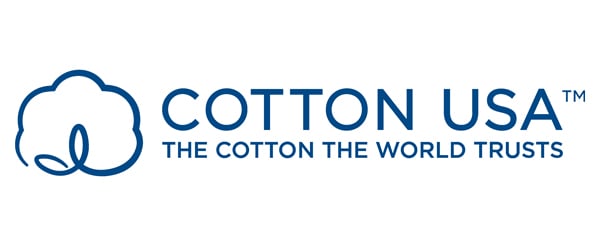







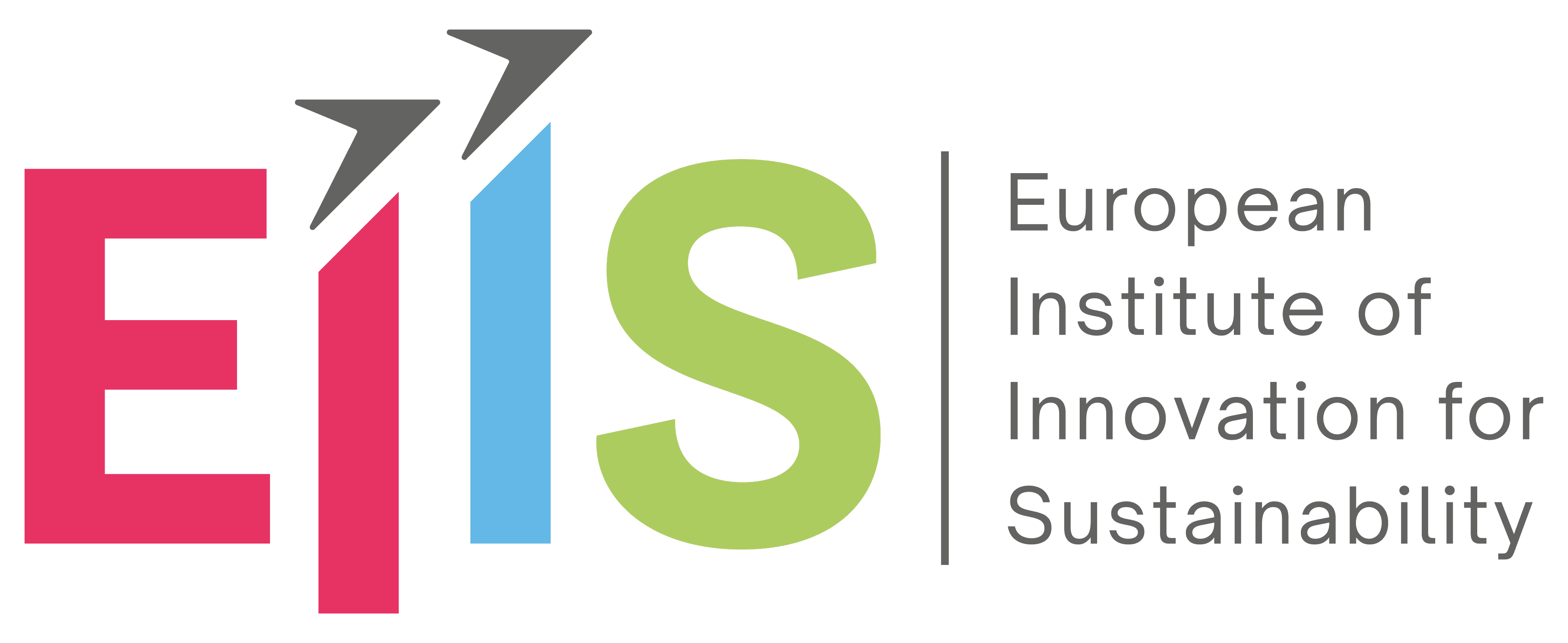














































In order to ensure the tools for substantiating green claims are credible and reliable, they need to be founded on scientific research. Whilst scientific experts have provided extensive research to inform this process - covering areas such as Life Cycle Assessment, consumer behaviour, and microplastics - not all findings have been fully considered by policymakers or those developing the Product Environmental Footprint Category Rules (PEFCR) for apparel and footwear. It is however essential that PEF and the PEFCR for apparel and footwear accurately reflect the true environmental impacts of textiles.
Here is a round-up of key scientific research that we encourage the European Commission to be using to inform the development of the PEF and the PEFCR.